To create an authentic soundscape for BBC drama Capital, dubbing mixer Howard Bargroff took a trip to the part of south London in which it is set, writes George Bevir

Credits
TX 9pm, Wednesdays, from 24 November, BBC1
Length 3 x 60 minutes
Dubbing mixer/ FX editor Howard Bargroff
Foley editor Stuart Bagshaw
Dialogue editor Peter Gates (two episodes); Michele Woods (one episode)
ADR supervisor Kallis Shamaris
FX editor Mike Wabro (one episode)
Picture post Technicolor
Director Euros Lyn
Writer John Lanchester

Stepping out of the studio to capture authentic audio is not always without peril, no matter how inconspicuous the individual or discreet the recording device. A few years ago, dubbing mixer Howard Bargroff needed some crowd noise for a rap album he was working on but a trip to a pub at closing time to record the sound of a pack of people nearly resulted in him being “lynched” by the suspicious boozers.
“You have to be careful you don’t look like a psychopath, but people can still be suspicious,” he says.
Fortunately for Bargroff, his trip to Clapham to capture the sounds of south London for BBC drama Capital passed by with little more than a few sideways glances.
The three-parter, which is based on John Lanchester’s novel, is a portrait of a road in Clapham that is transformed by rising property prices and then rocked by an anonymous hate campaign. Bargroff ’s brief was to give London a presence so that the city becomes a character in its own right and “leaks” in to every scene.

“It’s a contemporary piece about the gentrification of London, so I went to south London and made a bunch of recordings,” says Bargroff. “As I moved around Clapham, I saw microcosms of the plot – people interacting with builders, posh mums coming out of buildings, and so on. It was as though the book was coming alive and I was recording it.”
Bargroff says his recordings, made using a Zoom H5, became the “sonic backbone” of the series, comprising around 50% of the background sound.
“We used lots of bridging sounds, such as sirens, between cuts. At first I thought the recordings were a luxury, but they soon became a necessity; those recordings of Clapham High Street, of a park, of close and distant traffic, planes passing overhead and sirens became themes throughout the episodes. It helped to create the feeling that in London you are never more than a few streets away from a busy high street.”

Exiting London
Bargroff, who worked at De Lane Lea, Future Post, Videosonics and Pepper before going freelance, waved goodbye to the city a couple of years ago when he moved from Battery Studios in Willesden to a studio attached to his home in Woburn Sands. Since then, through his company Sonorous, he has mixed both series of Broadchurch (ITV) and From There To Here (BBC1) from home, and as a freelancer completed the pre-mix for Fortitude (Sky Atlantic) and Luther (BBC1) in his home studio.
Bargroff ’s standard approach for an hour of drama is to spend three days premixing at home, followed by two client-attended days at a dry-hire facility in London. That means he needs to keep his home set-up as up-to-date as possible so that it is compatible with other facilities (see box) and he can quickly pick up where he left off. For Capital, he completed the final mix with director Euros Lyn at the “excellent” Hackenbacker, which also provided the ADR and Foley.

“Dru Masters created a fantastic score and delivered it quite early so I had time to weave it and the music treatments in. That meant when I turned up with Euros at Hackenbacker on the first day, we could play the whole episode, so we had quite a lot of review time. I like the three-day premix because it means you can turn up with something cohesive. I try to protect that 3:2 approach; most jobs fit that template and clients are usually happy to accommodate it.”
Capital key kit
Bargroff’s home studio is equipped with Avid Pro Tools HDX2, an Icon D-Command 16-fader desk and PMC twotwo active monitors. Plug-ins are “industry standard”, including Audio Ease Altiverb, Waves WNS, iZotope RX, ReVibe and Speakerphone.
Projects are transferred between facilities using portable drives, with Cronosynch software to synchronise work completed at home with a transfer drive and a local drive in a dry-hire facility. “I keep the transfer drive synched to both ends so at any point during the job I have a mirror of the media in two locations, which is great for back-up. At the end of the job, everything is backed up to a Raid system for archiving.”
![]()
Bargroff also uses the Soundminer librarian program for managing his library of work. “It can scan multiple terabytes in a few hours and give you complete breakdown, or you can do a keyword search. All my libraries are well organised, but without that software I wouldn’t be able to find a thing.”
This article is taken from the Nov/Dec issue of Broadcast TECH. Click here for the digital edition


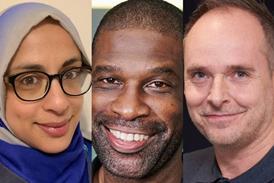




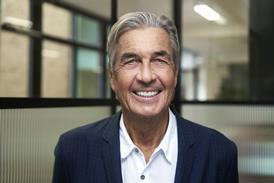

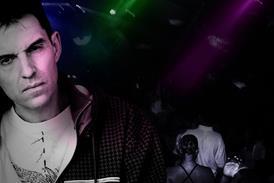





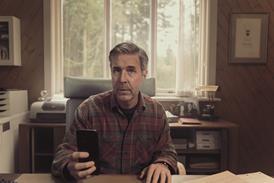





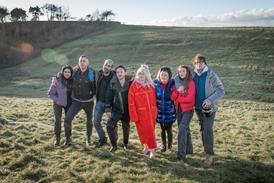

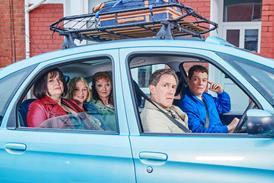

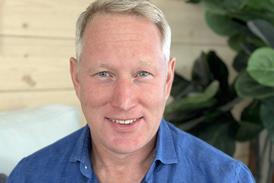
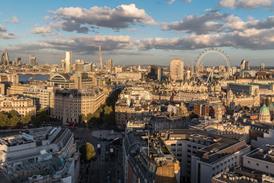






No comments yet